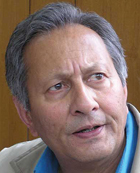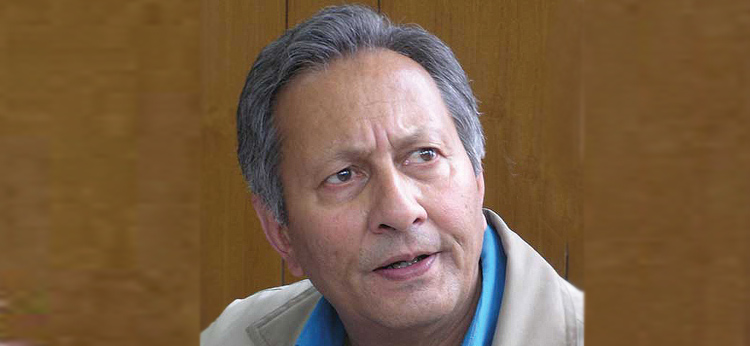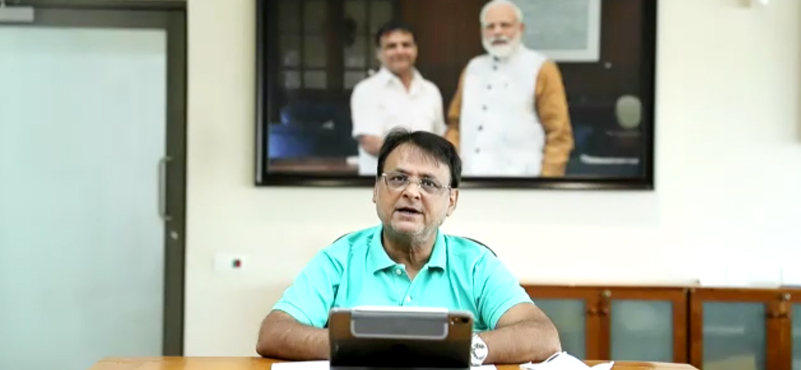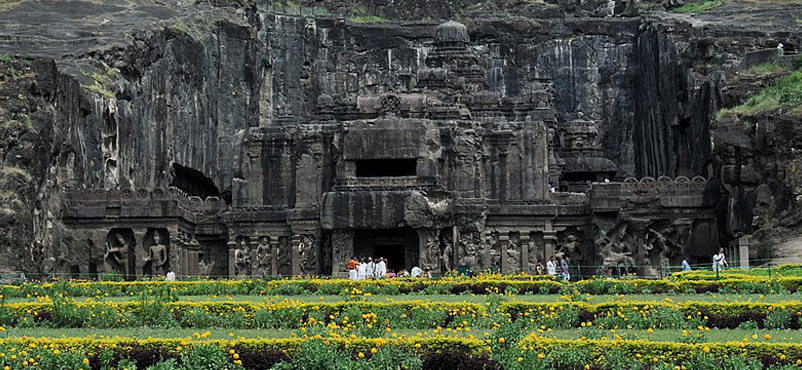Instead of ad-hoc solutions to address imminent issues, there is a pressing need for a body involving Himalayan states to plan and execute infrastructural development projects, says Major Mankotia, Vice Chairman, Himachal Pradesh Tourism Development Board. In a detailed interview, he talks about the way forward for Himachal Pradesh and puts forth some out-of-the box solutions to augment footfalls – which includes a ‘Himalayan Golden Triangle’ covering Lahual-Spiti, Kinnaur and Leh-Ladakh.
 Batting for a dedicated organisation, on the lines of MDONER (Ministry of Development of Northeast Region) to oversee and expedite developmental work in hilly states, Major Vijay Singh Mankotia advocates for a Northern Hill Region Council comprising of Himalayan states of Uttrakhand, Himachal Pradesh, and Jammu and Leh-Ladakh region of Jammu and Kashmir. Arguing that given the complexities and high costs involved in developing infrastructure in difficult terrain, he suggested that the central government needed to allocate considerably more resources. He shared that he had been suggesting the MoT for a long time, as a representative of the state in tourism ministers’ and civil aviation conferences, that it needed to club the three Himalayan states together. “Himachal, Uttrakhand and, particularly, Jammu and Leh-Ladakh could be brought together. We have lots of problems which would not fit into a general budget. If a plain area needs 1 rupee for any development work, we need 10 rupee,” he explained the challenges facing India’s hilly states. “Now, MoT has told us that a committee has been setup and, lately, they have said that a ‘special Himalayan circuit’ is being setup,” he added.
Batting for a dedicated organisation, on the lines of MDONER (Ministry of Development of Northeast Region) to oversee and expedite developmental work in hilly states, Major Vijay Singh Mankotia advocates for a Northern Hill Region Council comprising of Himalayan states of Uttrakhand, Himachal Pradesh, and Jammu and Leh-Ladakh region of Jammu and Kashmir. Arguing that given the complexities and high costs involved in developing infrastructure in difficult terrain, he suggested that the central government needed to allocate considerably more resources. He shared that he had been suggesting the MoT for a long time, as a representative of the state in tourism ministers’ and civil aviation conferences, that it needed to club the three Himalayan states together. “Himachal, Uttrakhand and, particularly, Jammu and Leh-Ladakh could be brought together. We have lots of problems which would not fit into a general budget. If a plain area needs 1 rupee for any development work, we need 10 rupee,” he explained the challenges facing India’s hilly states. “Now, MoT has told us that a committee has been setup and, lately, they have said that a ‘special Himalayan circuit’ is being setup,” he added.
Seeking a policy level intervention and redressal, he also suggested that “NITI Aayog could have a special cell and, may be, we could include Sikkim as well.”
His arguments point towards successive opportunities lost by the state, in the past decades, to enhance its profile by leveraging on its enviable tourism assets. Major Mankotia notes that stricter environment and forest laws have virtually dried Himachal’s key sources of revenue, making it, almost, entirely dependent on central assistance. “Being a relatively small and a hilly state, there are a few limitations. The first and foremost is the mobilization of resources and the biggest resource we have are our forests and rivers. There is a moratorium on cutting of forests which has dried up a major source of revenue for the state since many years ago,” he detailed. “Secondly, one could ask for cess and royalty on hydroelectric projects based on Rivers – that the state is richly endowed with – but that was turned down by the government as they called them national assets,” he added.
Despite his repeated attempts to bring tourism in the centre of state’s development discourse, the realisation that tourism was the fastest growing industry in the world had not yet seeped in, lamented Major Mankotia. “It is also the highest employment generating sector in the world. Taking these factors into account, Himachal Pradesh is blessed with everything that nature could possibly give for tourism. It has got the Himalayas, Rivers, forests, beautiful countryside, lakes and every other option that a tourist would like to have,” he said. Blaming the absence of a concept for developing infrastructure, he said ‘ho jayega’ attitude needs to change.
On the infra front, in a welcome development, the NDA government has recently kick-started 4-laning of Shimla-Parwaano, and highways connecting Pathankot, Kangra, Mandi, Kullu, Lahual-Spiti. In another development, the government has also decided to convert the narrow gauge at Kangra Valley railway into a broad gauge. “Railway linking Pathankot, Jogindernagar, Mandi, Kullu-Manali and Leh-Ladakh was our proposal earlier on. About half-a-dozen projects have been initiated. It should make a difference to travel and tourism because connectivity is limited,” he said.
An important element deciding the fate of tourism in the state is the presence of robust air-connectivity. Given that Himachal Pradesh has only three airports – Bhuntar(Kullu), Shimla and Dharamshala, with only Dharamshala operating 3-4 flights daily – each with its own unique set of problems, it does not help the cause much.
“Shimla airport has been closed for the past three years, because it had developed a huge dip on the runway itself. I wonder why the Airport Authority of India (AAI) did not act soon. It was only when I started pressing for it; I met the Civil Aviation Minister and the Chairman of the AAI. As Air India was operating flights there, I met the CMD. It has been repaired now, but now they say they do not have small aircrafts – the 42 seater ATRs,” explains the industry veteran.
Bhuntar airport in Kullu too services merely one flight daily which is often held hostage to inclement weather. Major Mankotia told TF that most of the tour operators and travel agents who mattered shared with him that foreign groups, willing to come to Himachal, refrained because of limited itinerary and flight connectivity. “Most travellers refrain from taking road-trips that are more time consuming. So, it is a big handicap for us,” he said.
He also had a few words of advice for the bureaucracy. Admitting of being critical of the bureaucracy, he said “I keep telling bureaucrats that that do not think that you are here in tourism department for only 2-3 years; unless you think yourselves as stakeholders in the development of tourism in Himachal, you won’t get anywhere. So, it is the attitude and mind-set that is missing.”
He detailed that often projects were delayed because of weather which led to the central government not releasing the fund. “It was only this time, 4 years ago, that an agreement was signed with the Asian Development Bank (ADB). They came up, liberally, with a package of 570-odd crores for Himachal Pradesh to promote tourism,” he added.
Taking stock of state’s tourism profile, Himachal’s innate strength have traditionally been Kullu-Manali and Shimla. Snow-capped mountains and a meandering Beas have long attracted tourists, domestic and international alike. Also, being an important centre of faith for Hindus and Sikhs, it hosts 3 of 12 Shakti-peeths in India, creating substantial pull for religious and spiritual tourism. Not to mention, strong presence of Buddhist pilgrims in and around Dharamshala – the seat of the Tibetian government in exile. Thanks to an increasing number of adventure-seekers and improved infrastructure, activities like para-sailing and water-water rafting have also found traction.
However, it is replete with new products and offerings that are yet to be made fully accessible to tourists. Tribal tourism could be the next frontier for the state’s tourism board, feels Major Mankotia. “Two of the tribal areas, Lahaul and Spiti and Kinnaur have not yet been explored. They remain virgin. We have not been able to properly open them up for tourists; we do not have roads, helipads and other related infrastructure,” he said.
Divulging that, with Leh-Ladakh in the vicinity, he had suggested the MoT to develop a ‘Himalayan Golden Triangle’ on the lines of the ‘Golden Triangle’ connecting Jaipur-Delhi and Agra. “They have wonderful festivals; the Buddhist circuit lies here. We have got Chenab flowing through Lahaul and Spiti and Sutlej running through Kinnaur. Tabo Monastry in Spiti is the oldest monastery in the world. It is recognized as a UNESCO World Heritage site. We could promote it in, not only, India but abroad,” he passionately added, indicating that much was needed to be done to truly tap the potential of India’s ‘Devbhoomi’.




































